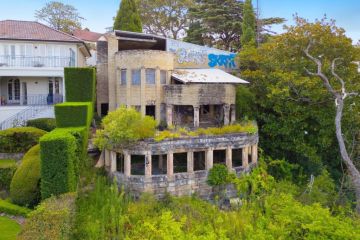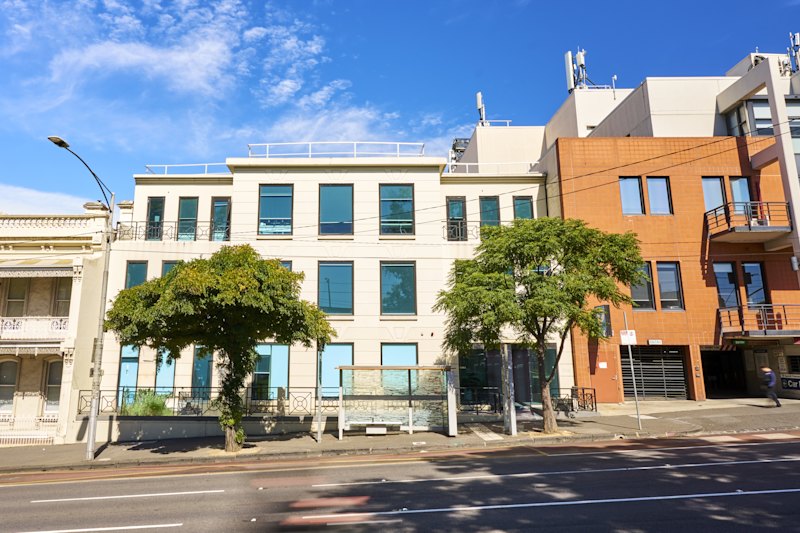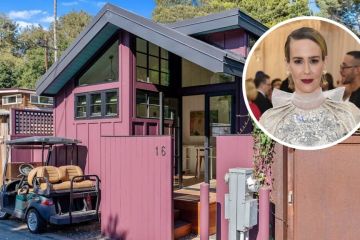The power of repurposing: Australian designers transform history for a new generation
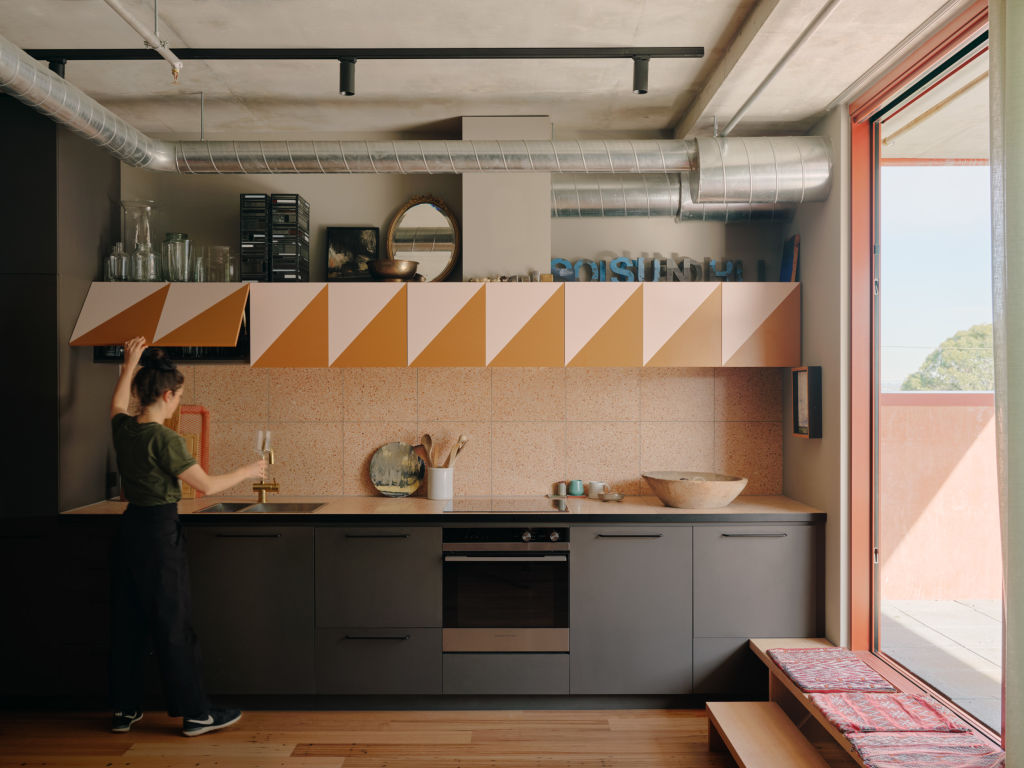
The Australian Interior Design Awards’ Sustainability Advancement Award divulges how we can push past the simple fabric of a building for a sustainable future and, instead, transform history for a new generation while reinventing communal living and social housing.
AIDA judge Rosie Morley, principal of Fender Katsalidis, shares that what stood out about the awarded project – Campbell House by Tonkin Zulaikha Greer – was the contemporary insertion within a heritage context. The original building, an 1890s early Federation house, is transformed into a blend of modern design with iconic historical architecture, blending ideologies within the existing fabric.
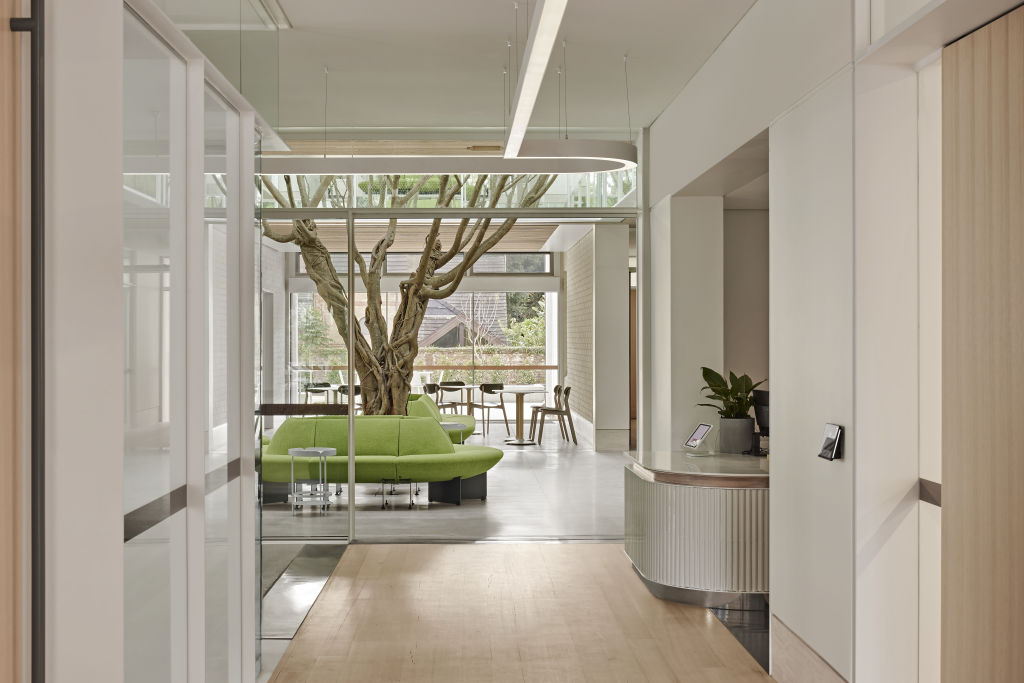
“They went through a process of high selective demolition … They retained as much of the original building fabric as possible and then lightly built within what was omitted or demolished,” says Morley.
Alongside a duality of purpose that blurs the boundaries between public and private spaces, what set the Campbell House apart from the other finalists was the ability to hit high sustainability targets in a heritage build.
“It’s delightful when the old and new come together and the blurring of the interior and exterior, [it’s almost like] you don’t know what’s influencing what,” adds Morley.
Solar panels on the roof and passive ventilation (despite the size of the building and its heritage listing) work with reflective materials that amplify the sense of the environment and interaction with nature.
At the same time, an internal courtyard wraps around a central weeping fig tree, and natural light is maximised to filter through the building at all times of the day, with glazed portions and blades protecting the interior from harsh sunlight when needed.
“We, as a panel, unanimously felt that it could be perceived as a variety of uses; this takes a special level of craft to develop something that could be a home, a workplace, or a retail environment,” Morley continues.
“It has this beautiful, universal versatility to it. It could be anything for any time, and I think that’s what we all agreed was quite impressive.”
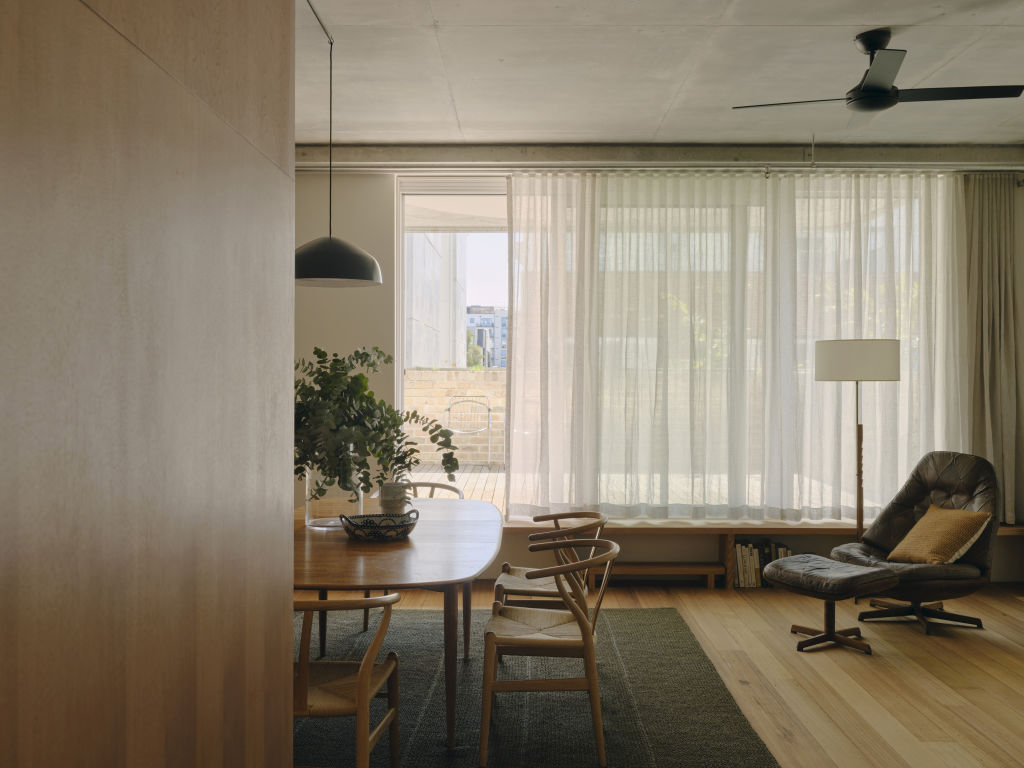
When it came to the two commended projects, though similar in their philosophies, Nightingale Skye House by Breathe and Nightingale Leftfield by Kennedy Nolan follow different design aesthetics.
Fitting into smaller footprints, Skye is light and bright with a material palette that embraces this – concrete, linens, and ash timbers. Leftfield contrasts this with dark, moody colours that evoke cosy getaways, exploiting every inch of space in bespoke shelving and cupboards.
The two projects both invite a communal purpose, continuing a social history of architecture that expands on fundamental sustainability values. The Nightingale series proves shared spaces (like barbecue areas, laundry, and car parking) mean smaller footprints, fewer materials, and less energy, yet no compromises on comfort and timeless style.
“These endeavours to make it as inclusive and diverse as possible are creating this new version of what desirable residential precincts look like,” says Morley.
The noble aspirations make the best of small-footprint living, inviting a village mentality of communal areas. Furthermore, 20 per cent of the apartments are allocated to social housing providers, making it a pioneer of its typology while embracing and honouring the original Nightingale focuses on community, being carbon-neutral and fossil fuel-free.
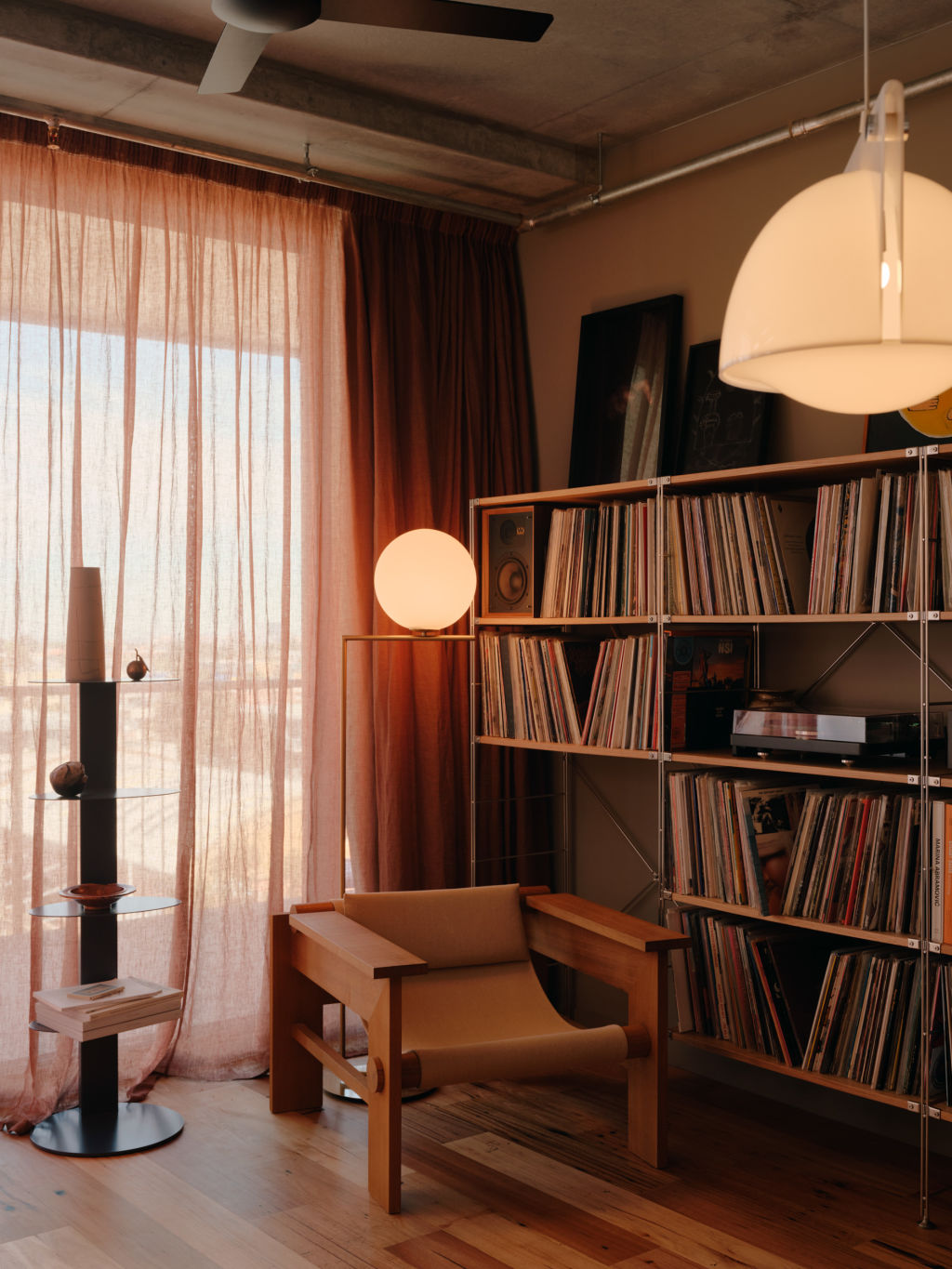
High demand for these apartments – and the ballot-style approach – exposes the requirements of buyers and developers. As Morley shares: “There is a climate crisis, and it is not acceptable to contribute to that. [This is revealed in the] success of the Nightingale model. It’s so evident, but it’s appealing to a high demand awareness that speaks for itself.”
The AIDA Sustainability finalists uncover that eco-design spans more than just a conscious build but also of duality of space, shared living, and maximising existing buildings.
Key factors designers and builders can consider is, firstly, demolition is one of the most significant contributors to poor impact; beyond this, planning and looking at the building to determine when natural daylight comes through and what passive ventilation is available.
Looking at supply chains, manufacturers, and suppliers and asking the right questions about their sustainability credentials can allow designers to develop a blacklist and a template of finishes to continue this approach.
In addition, future proofing can be built into the design to be upgraded in time for smart buildings, updated simply as a smartphone software update.
We recommend
We thought you might like
States
Capital Cities
Capital Cities - Rentals
Popular Areas
Allhomes
More
